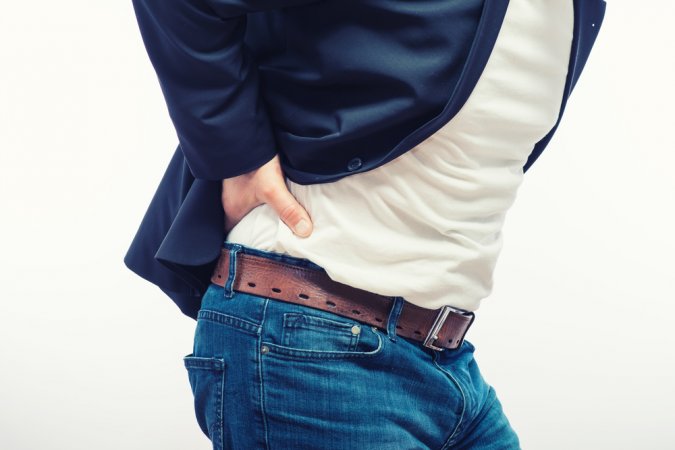
Systemic diseases causing low back pain;
frequently include ankylosing spondylitis, osteoporosis, tumors and spinal infections.
Who gets low back pain?
In short, almost everyone can experience low back pain at some point in their life. In fact, about 80 percent of the world’s population develops this symptom.
How is low back pain diagnosed?
Usually, only the medical history and physical examination is sufficient for the diagnosis of low back pain. In some cases, people who don’t respond to initial therapy may have magnetic resonance imaging (MRI) for better visualization of soft tissues (in case of ruptured discs, spinal stenosis, tumors, or nerve injuries) in ankylosing spondylitis, and electroneuromyography (ENMG) to show nerve damage.
How is it treated?
Low back pain should not be considered as needing bed rest. In fact, bed rest should be kept to a minimum. Instead, the patient should continue activities of daily living.
Excessive exercise should be avoided during the painful period. Lumbar flexion (bending forward) exercise can be done in a sitting position to help reduce pain. The severity of the pain increases with sitting, standing or lying back.
In the first 48 hours of the onset of pain, applying ice massage to the painful area for 5-10 minutes relaxes the muscles. After 48 hours, applying heat may relieve pain. Aspirin, acetaminophen, and non-steroidal anti-inflammatory drugs (NSAIDs) may be helpful for pain relief, and muscle relaxants may be helpful in those with restricted range of motion due to muscle stiffness.
Massage therapy has proven beneficial for those with chronic muscle pain.
A minority of patients with low back pain require surgery, particularly those due to leg pain due to herniation of the intervertebral disc, spinal stenosis, or tumors affecting spinal structures.
Living with low back pain
Most people with low back pain get better within two to six weeks. If it does not go away, consult a rheumatologist. To minimize recurrence, exercises that strengthen your waist, neck and back muscles and leg muscles are recommended. If you smoke, quit; Smoking is a factor that predisposes to low back pain. If you are overweight, stay in shape by going down to your ideal weight. Pay attention to your body, exercise, eat right and lead a healthy lifestyle.

